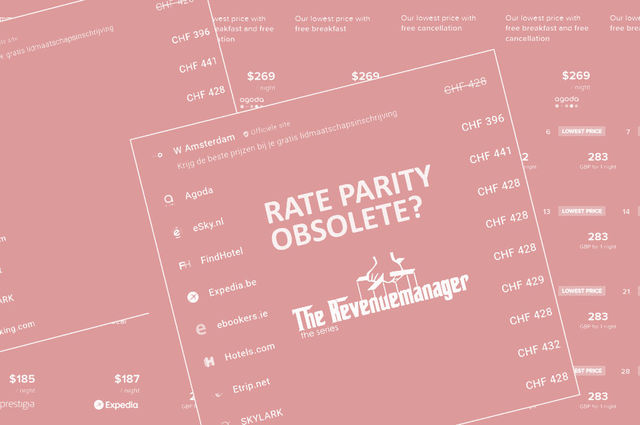Is Rate Parity Obsolete?
16 experts shared their view
The discussion around the pros and cons of rate parity has been around for almost a decade now. Regulations on the issue are, at best, patchy, with some countries where RP clauses are strictly prohibited (such as France, Austria, Italy, and Belgium), partially prohibited (Germany and Sweden), announced (Switzerland), or still unregulated (US and Latin America). With lower volumes of booking coming from OTAs during the pandemic, moreover, the debate about rate parity became even more heated: some properties decided to work in wide rate parity to avoid OTAs' dimming and improve their online visibility at the expenses of direct revenue, while other ones preferred to openly break rate parity on their top-performing channels. Both the OTAs and major hotel brands complicated the issue even further when they began offering out of parity “member only” rates, hidden behind an easily obtained loyalty program password. With so many different approaches and fragmented regulations, how should hotels deal with rate parity, especially after the whole industry has been severely hit by COVID-19?
The question of whether to deal with rate parity, or not, would be secondary if a hotel is not overly reliant on OTAs in the first place. Therefore, the priority for a hotel is to drive and convert as much direct business as possible. Focus on strong and up to date online content, a visible and relevant social media presence/strategy, a well thought out conversion strategy (backed by a leading web booking capabilities) and a thorough guest retention strategy during and post stay. Especially in current times, where guests are struggling to find up to date information about hotel services (and as a result call volumes to hotels have gone up), the depth and amount of information which can be made available through your own website (or other channels) can provide a competitive advantage over any OTA.



